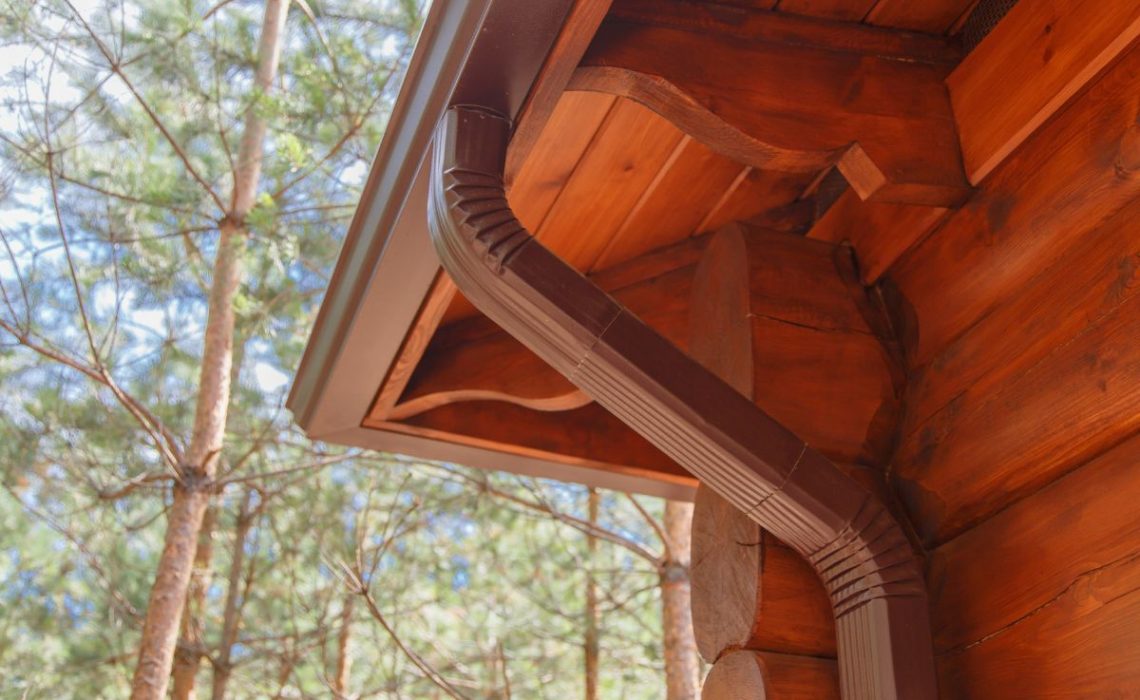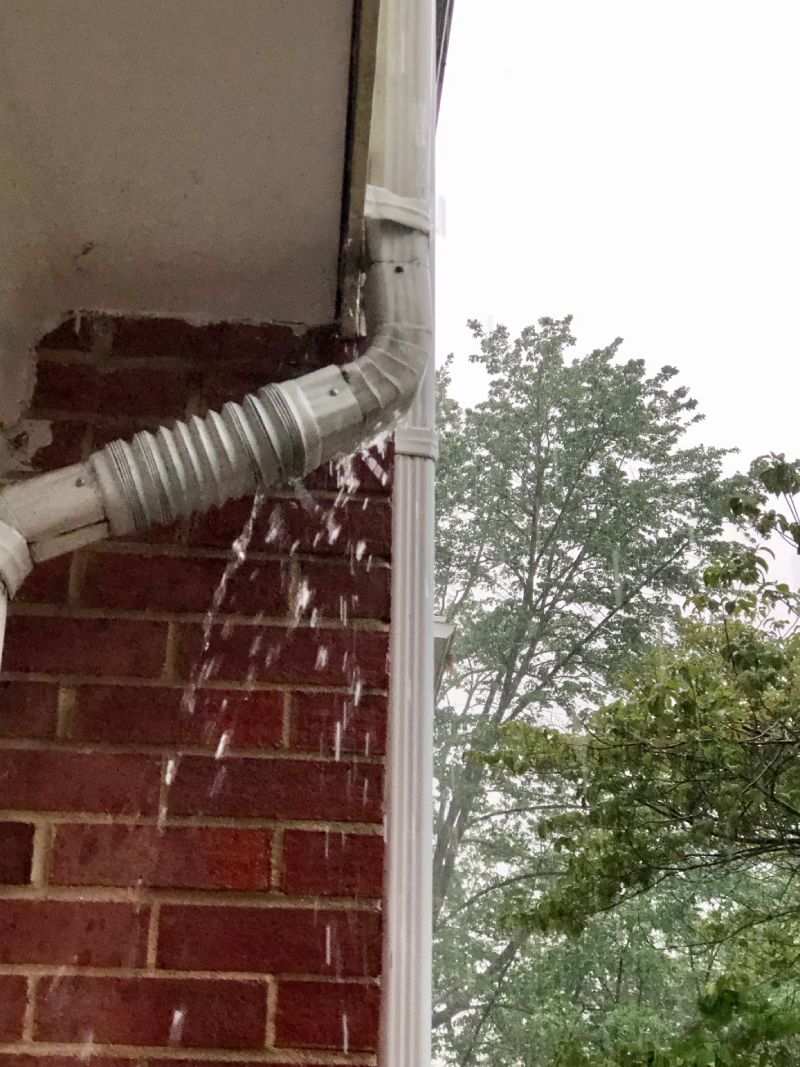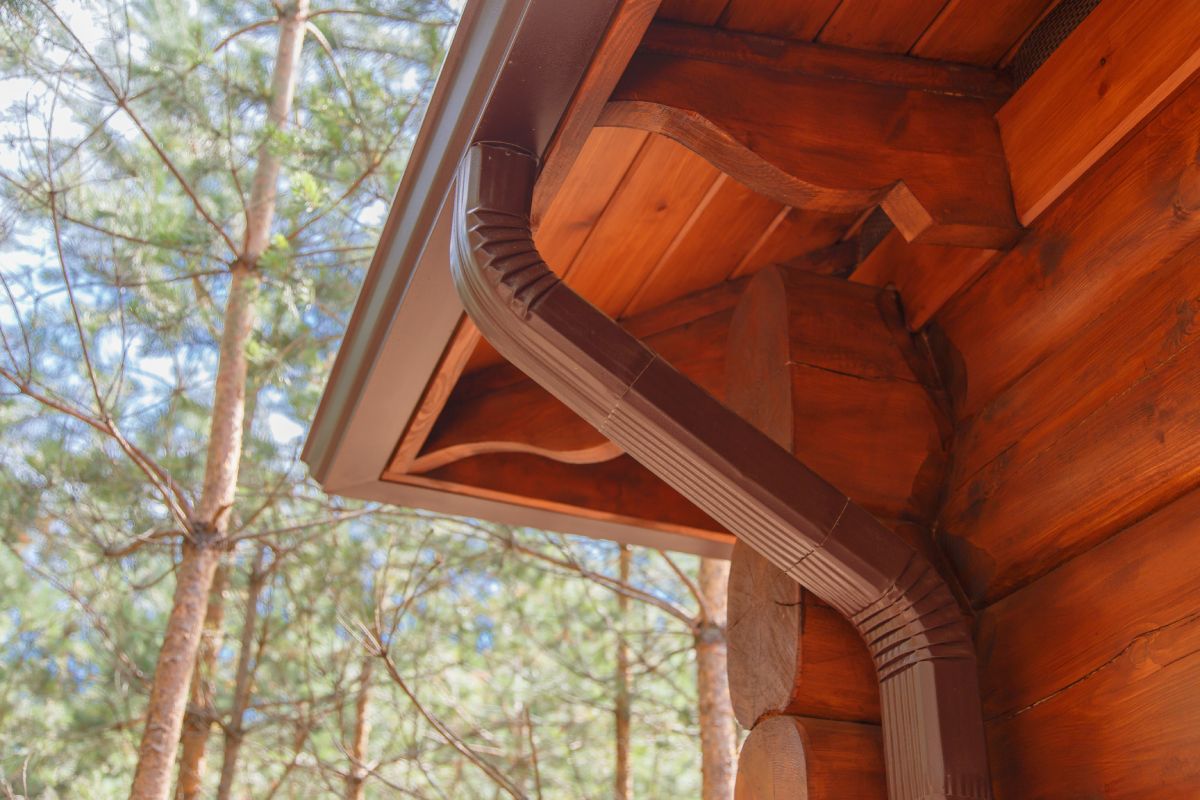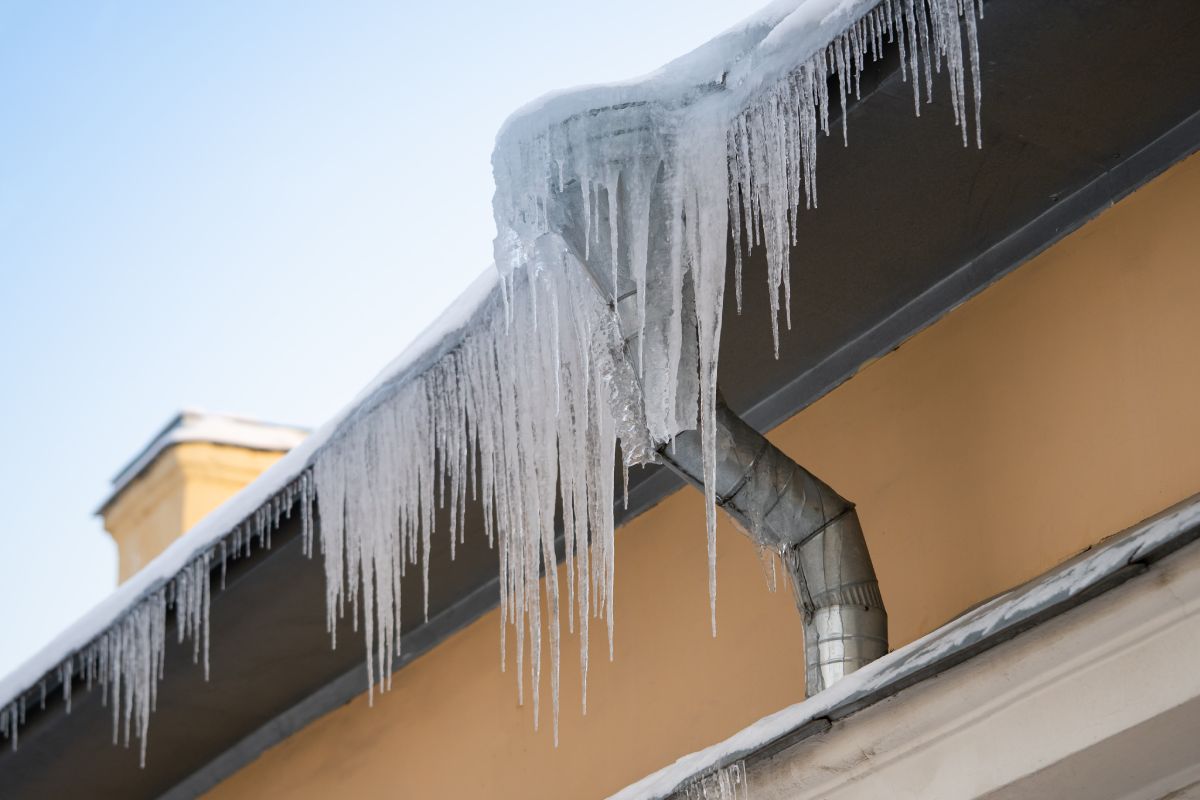
Gutters might not be the most glamorous part of your home, but they play a crucial role in protecting it from water damage. Over time, gutters can wear down and become less effective at directing rainwater away from your home.
In this article, we’ll discuss the signs that indicate your gutters may need to be replaced and also the pros & cons of having gutters.
Understanding these signs can help you avoid costly damage to your home and keep it in excellent condition.
Related articles:
What Are the Signs That Your Gutters Need to Be Replaced?
Cracks and Holes
One of the most obvious signs that your gutters need replacing is the presence of cracks or holes. Cracks can form due to age, temperature fluctuations, or physical damage. These openings allow water to escape, defeating the purpose of your gutters. If you notice cracks or holes, it’s time to consider replacing your gutters.
Rust and Corrosion
If your gutters are made of metal, such as steel or aluminium, rust and corrosion can be significant issues. Rust weakens the gutter’s structure and can create holes or leaks. Check for reddish-brown patches or flaky spots on your gutters as these are clear signs of rust. Once rust sets in, it’s a good indicator that your gutters need replacement.
Sagging Gutters
Gutters should be properly aligned and slope slightly toward the downspouts to allow water to flow smoothly. If you notice your gutters sagging or pulling away from the roofline, it’s a sign of structural problems. Sagging gutters can’t effectively carry water away, and they can lead to further damage to your home’s foundation and landscaping. Replacing sagging gutters is essential to maintain your home’s integrity.
Peeling Paint or Rust Stains on Your Siding
When gutters become clogged or fail to channel water correctly, it can result in overflow. This excess water can damage your home’s exterior, causing paint to peel or leaving rust stains on your siding. Even though you used waterproof paint, it will eventually be peeled. If you see signs of water damage on your home’s exterior, it’s a strong indication that your gutters need attention, possibly replacement.
Water Pooling or Erosion Around Your Home
Take a walk around your home during or after a rainstorm. If you notice water pooling near your foundation or areas of erosion in your yard, it could be a sign that your gutters are not doing their job. Properly functioning gutters should direct water away from your home to prevent foundation damage and erosion. If they are failing to do so, it’s time to consider new gutters.
Mould and Mildew Growth
Inadequate gutter drainage can lead to excess moisture around your home’s foundation and walls, creating an ideal environment for mould and mildew growth. If you see mould or mildew on your exterior walls or inside your home, you can address that the gutter issues causing this moisture buildup. Replacing your gutters can help prevent further mould-related problems.
In Brief:
From cracks and sagging to rust and water damage, these warning signals should not be ignored. Regular maintenance and prompt replacement, when needed, will keep your home in top shape and safeguard it from water-related issues. So, don’t wait until it’s too late—take action when you notice these signs and protect your home.
What Are the Pros and Cons of Gutters?
Gutters are a critical component of your home’s drainage system, helping to protect it from water damage. In the above section, we discussed signs that indicate your gutters may need replacement.
Now, let’s move into the pros and cons of gutters to help you understand their importance and potential drawbacks.

Pros of Gutters:
- Prevent Water Damage: The primary purpose of gutters is to divert rainwater away from your home’s foundation, walls, and roof. By doing so, they protect your home from costly water damage, including basement flooding, structural issues, and mould growth.
- Erosion Control: Properly functioning gutters channel water away from your home, preventing soil erosion around your foundation. This helps maintain the stability of your home’s structure and landscaping.
- Protect Siding and Paint: Gutters prevent water from running down the sides of your home, reducing the risk of peeling paint and stains on your siding.
- Prevent Basement Flooding: When rainwater is effectively directed away from your home, it reduces the risk of water seeping into your basement, saving you from the hassle and expense of basement flooding.
- Preserve Landscaping: Gutters prevent water from eroding your landscaping and flower beds, ensuring your outdoor areas stay intact and attractive.
- Improved Indoor Air Quality: Proper gutter maintenance helps prevent water infiltration that can lead to mould and mildew growth, contributing to better indoor air quality.

Ice dams blocking the gutter
Cons of Gutters:
- Maintenance: Gutters require regular cleaning to prevent clogs from leaves, debris, and other materials. Neglecting maintenance can lead to gutter blockages and compromised functionality.
- Cost: Installing gutters can be expensive, especially if you opt for high-quality materials. However, this initial investment can save you from more substantial repair costs in the long run.
- Ice Dams: In cold climates, ice dams can form on the edge of the roof, potentially damaging gutters and causing leaks. Frequent insulating and ventilating can help reduce the risk of this issue.
- Aesthetics: Some homeowners find gutters to be unattractive and choose to install more discreet options like hidden or seamless gutters.
- Limited Lifespan: Even with regular maintenance, gutters have a finite lifespan. Depending on the material used, gutters may need replacement every 20 to 50 years.
- Installation Challenges: Installing gutters correctly requires expertise to ensure they are properly pitched for water flow and securely attached to your home.
Conclusion
Gutters are an essential element of your home’s defence against water damage, but they come with their pros and cons. The benefits of preventing water damage, erosion control, and preserving your home’s appearance far outweigh the downsides of maintenance and cost.
To make the most of your gutters, ensure you invest in a quality system, perform regular maintenance, and address any issues promptly. With proper care, gutters will continue to protect your home for years to come, providing peace of mind and safeguarding your investment.

